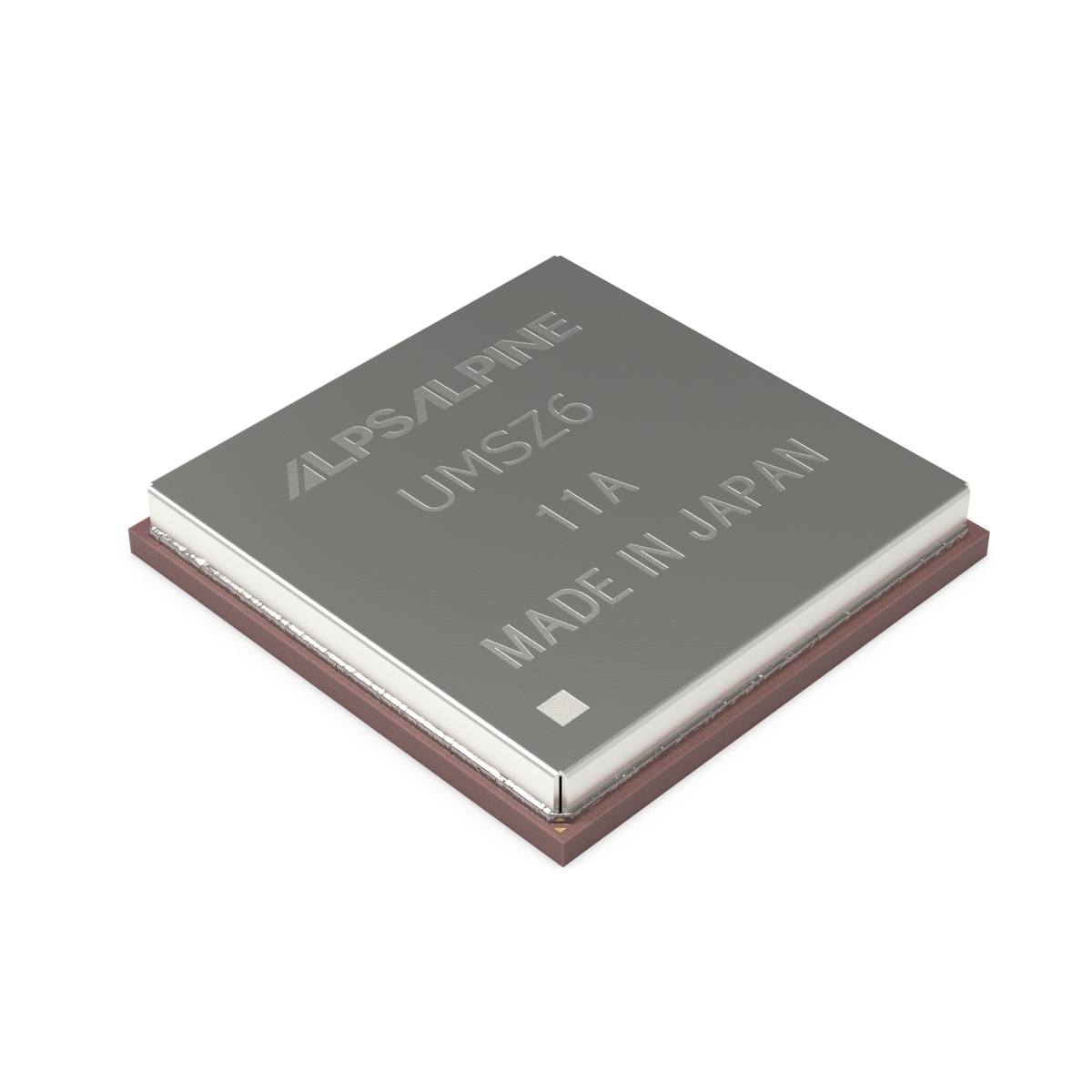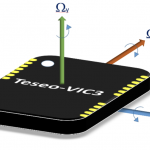Alps Alpine and Furuno Electric Co., Ltd. have jointly developed the UMSZ6 Series GNSS1 Module realizing high-accuracy positioning to within 50 centimeters without correction data for automotive applications.
On general roads (approx. three meters wide), the module reliably enables vehicle positioning down to the lane level, according to the companies, as is required of vehicle-to-everything (V2X) applications for autonomous driving functions. The module’s target applications are telematics control units (TCU) and V2X onboard units (OBU).
The UMSZ6 Series GNSS Module uses a multi-frequency GNSS receiver chip based on Furuno’s Extended Carrier Aiding3 technology: the eRideOPUS 9 (model ePV9000B) and algorithm. Running costs associated with RTK4 base stations, correction data receiving, and correction data use are no longer needed, maximizing cost performance, while reliable vehicle positioning down to the lane level is possible even on general roads. Its dimensions of 17.8 × 18.0 × 3.11mm conform to automotive grade for customer freedom in end-product design.
“Relative vehicle positioning accuracy is constantly improving as a result of millimeter-wave radar, LiDAR and camera technology,” said Hideo Izumi, Vice President, Device Business, Alps Alpine Co., Ltd. “Achieving absolute position accuracy down to the lane level is essential for both V2X applications and genuine Level 3 automated driving, but system-related costs associated with RTK technology have been an obstacle. Getting around this with a multi-frequency GNSS receiver chip based on Furuno’s Extended Carrier Aiding technology, which realizes high-accuracy vehicle positioning to within 50 centimeters without correction data, will likely prove to be a breakthrough in V2X and advanced autonomous driving technology.”
The companies will evaluate the module’s performance through demonstration testing, targeting mass production in 2023.






